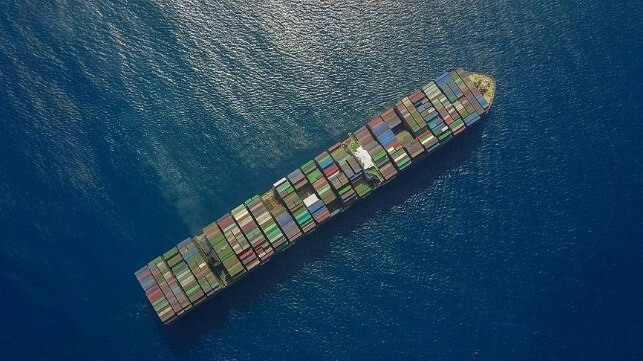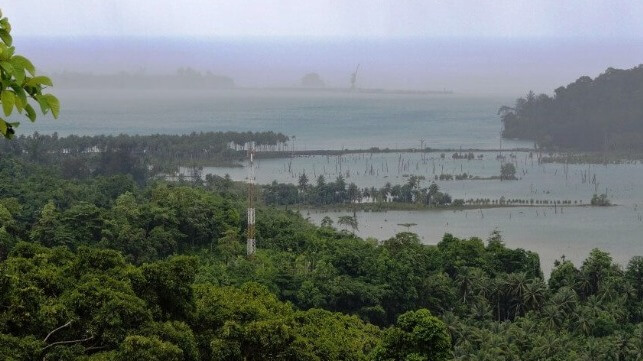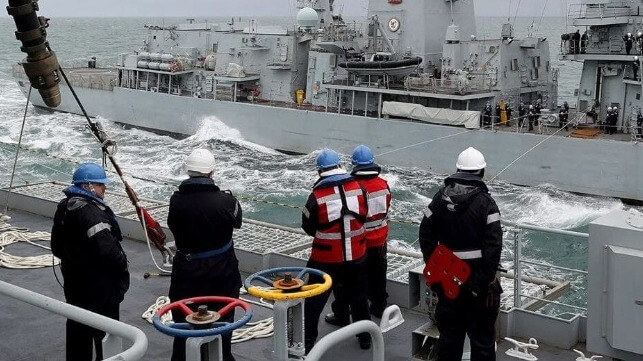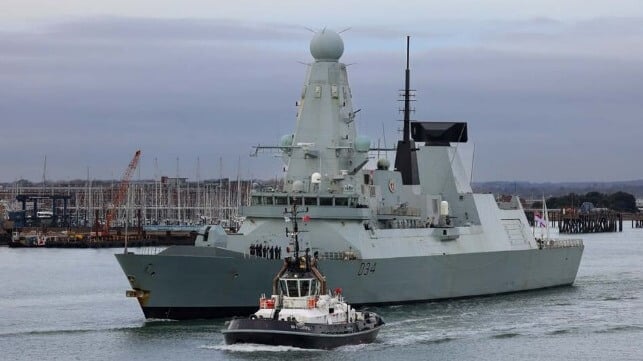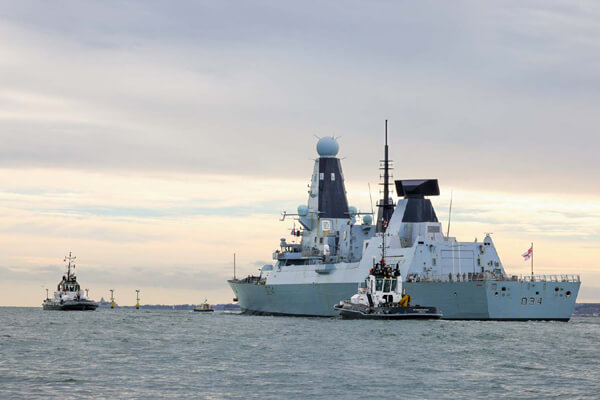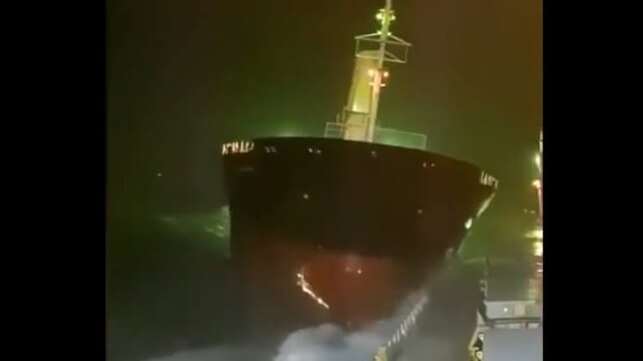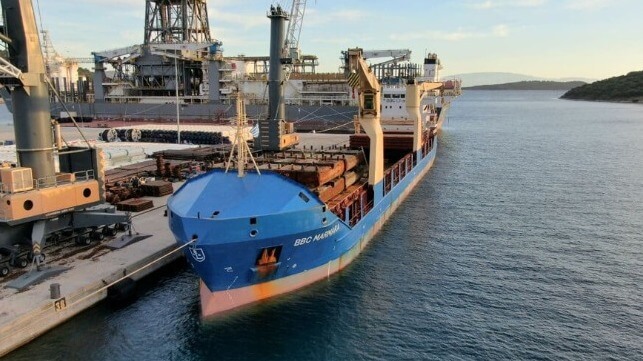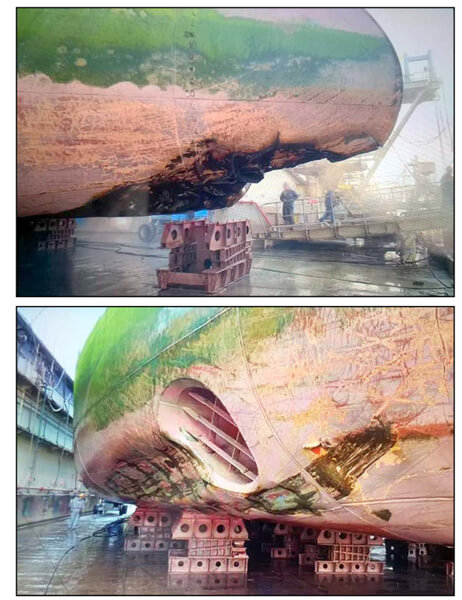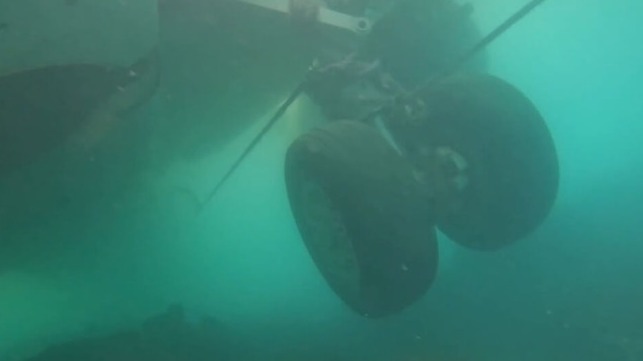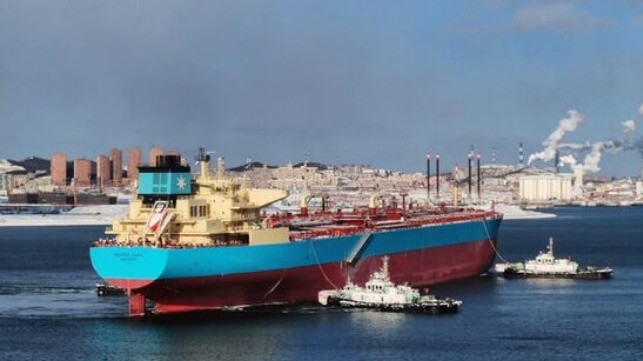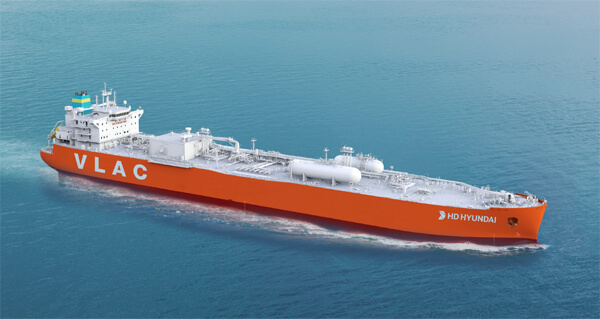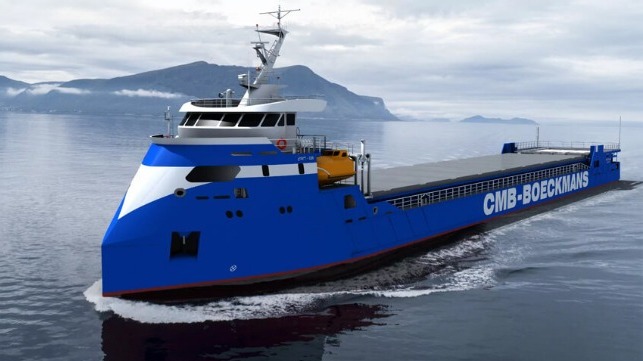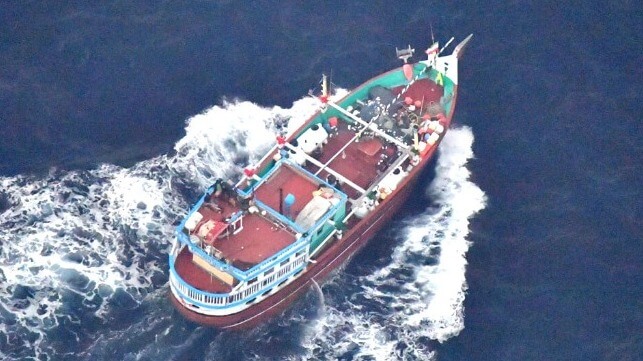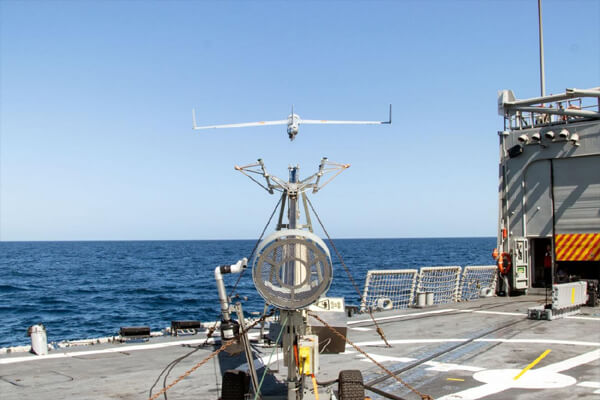Bangkok (AFP) – As global tributes to late US diplomat Henry Kissinger poured in, his death stirred fury across Southeast Asia.
Issued on: 02/12/2023

Homage has been paid to Kissinger's realpolitik and intellectual heft as secretary of state to US presidents Richard Nixon and Gerald Ford.
But in Southeast Asia, millions have remembered when the United States bombed swathes of Laos and Cambodia during the Vietnam War, an onslaught ordered by Kissinger and Nixon.
"Every single time I hear Kissinger's name, my blood boils," Sera Koulabdara, who fled Laos with her family at age six, told AFP.
The bombing was a failed attempt to disrupt rebel movements and strengthen Washington's hand as it pulled out of Vietnam.
Koulabdara said her father remembered the bombing.
"He described it as a roaring rain, but instead of water, it was flames."
Laos became the world's most-bombed country per capita from 1964 to 1973 as the United States dropped more than two million tonnes of ordnance, equal to a plane load of bombs every eight minutes.
Since then, unexploded ordnance (UXO) in the impoverished country has killed or wounded at least 20,000 Laotians.
"The life-threatening problem that exists in Laos is a direct result of the US's barbaric decisions and one of the main architects, Kissinger," said Koulabdara, who heads advocacy group Legacies of War.
Demining work continues.
"Laos is still the country most polluted by cluster munitions in the world," said Reinier Carabain of Handicap International –- Humanity & Inclusion, an organisation that has destroyed nearly 47,000 pieces of UXO since 2006.
"Every day, civilians in a quarter of the villages in Laos run the risk of being killed or injured by explosive remnants".
'I am hopeless'
In neighbouring Cambodia, the bombing campaign helped fuel the rise of the Khmer Rouge regime, which killed about two million Cambodians between 1975 and 1979 in acts later ruled as genocide by the kingdom's UN-backed court.
Former leader Hun Sen had long called for Kissinger to be charged with war crimes.
UXO still litter the countryside, killing an estimated 20,000 Cambodians in the past four decades.
Heng Ratana, director general of the Cambodian Mine Action Centre, told AFP the decision to bomb "our beautiful country and peaceful people by destroying everything" was Kissinger's true legacy.

"I am hopeless," said 60-year-old Cambodian Sam En, who was blinded and lost the use of both arms after he tried to remove a cluster bomb at his Kratie province home in 2014.
Sam En, who relies on his daughter for care, said he felt differently about Kissinger after his death.
"Before I felt angry. But now he has died, so as a Buddhist follower, I forgive him."
'Suffering'
In Vietnam, where some see Kissinger's rapprochement with China as paving Beijing's rise to dominance in the region, he leaves a complex legacy.
Kissinger was awarded the Nobel Peace Prize for negotiations to end the Vietnam War, even though the conflict did not immediately finish and his North Vietnamese counterpart, Le Duc Tho, declined to accept the prize.

Pham Ngac, an interpreter for North Vietnam during the Paris Peace Accords negotiation, called Kissinger an "outstanding" diplomat.
"He was the most... persuasive diplomat, to the benefit of the US," the 88-year-old former diplomat told AFP.
Neither the Vietnamese nor Cambodian governments responded to AFP requests for comment on Kissinger's death.
"He was the one that helped cause a lot of suffering for Vietnamese people," Tran Quy Tuyen, a soldier in Hanoi's air defence division between 1965 and 1973, told AFP.
"I guess many Vietnamese would say that he should have died years ago," the 78-year-old said.
© 2023 AFP
Chile, where Kissinger backed coup, remembers his 'moral wretchedness'
Agence France-Presse
December 1, 2023

Henry Kissinger warmlArchivo General Histórico del Ministerio de Relaciones Exteriores
While leaders around the world remember Henry Kissinger fondly and praise him as a brilliant, hard-driving US statesman, the silence from Latin America is deafening.
"A man has died whose historical brilliance never managed to conceal his moral wretchedness," Chile's ambassador to the United States, Juan Gabriel Valdes, wrote on X, the former Twitter.
The envoy posted his acerbic remark after the death Wednesday of Kissinger, who greenlighted the 1973 coup that brought down Chile's elected socialist president and installed the rightwing dictatorship of general Augusto Pinochet.
Chilean President Gabriel Boric quietly reposted that X message, and the foreign minister said nothing at all about the man who dominated post-World War II US foreign policy and is often associated with "realpolitik" -- diplomacy driven by raw power and a country's self-interest.
Kissinger, first as national security adviser and then secretary of state under Richard Nixon (1969-1974) and Gerald Ford (1974-1977), was instrumental in the establishment of ties between the United States and China and in expanding the war in Vietnam to Cambodia and Laos.
But he also approved the putsch in which Pinochet overthrew president Salvador Allende, and was key in backing other authoritarian regimes in Latin America, such as in Brazil and Nicaragua.
"For Kissinger, Latin America was a piece on the global geostrategic chessboard. His only priority was the war against communism. All other considerations were of little importance," said Michael Shifter, former president of the Inter-American Dialogue, a Washington think tank, and a professor at Georgetown University.
"In that context, Kissinger was indifferent to human rights violations under military governments in the region," he added.
Kissinger played a prominent role in destabilizing the Allende government, bringing it down and then supporting the Pinochet dictatorship, which ran from 1973 to 1990.
In 1970, before Allende was elected, Kissinger said: "I don't see why we need to stand by and watch a country go communist due to the irresponsibility of its own people. The issues are much too important for the Chilean voters to be left to decide for themselves."
He said this to the 40 Committee, a multi-agency US government body that approved covert operations.
- Fear of contagion -
Declassified CIA documents show that after Allende was elected in 1970, Kissinger oversaw disruptive operations designed to keep him from taking power, such as the attempted kidnapping of the army commander in chief, General Rene Schneider.
Schneider resisted, opening fire to defend himself, and was shot dead.
"Kissinger's obsession with Chile stemmed from the path that Allende had chosen to move toward his socialist utopia project," said Fernando Reyes Matta, a Chilean diplomat and former official of the Allende government.
This path involved democratic elections bringing socialists to power, the diplomat said.
"If this experiment succeeded to some extent, it could spread to countries in Italy such as Italy, France or Greece," said Reyes Matta.
After the US effort to keep Allende from taking power failed, and Allende actually assumed office, Kissinger rejected any notion of working with the new Chilean government.
And, rejecting advice from those around him, he pressed on with clandestine operations and tried to undermine the Chilean economy.
"Unfortunately Kissinger did not pay attention to the recommendation of his own team, such as Peter Vaky, his national security adviser, who stated clearly that Allende did not represent a mortal threat to the United States. So Kissinger's strategy was immoral and went against democratic values," said Shifter.
After Allende was overthrown on September 11, 1973 Kissinger -- who that same year shared the Nobel peace prize for leading the US side in talks to end the Vietnam war -- was a firm supporter of the brutal Pinochet regime.
"My evaluation is that you are a victim of all left-wing groups around the world and that your greatest sin was that you overthrew a government which was going communist," Kissinger told Pinochet in 1976.
Kissinger said this even though he was under pressure to call Pinochet out over human rights violations under his regime, which left some 3,200 people dead or missing.
Henry Kissinger: War criminal
Robert Reich
November 30, 2023
Henry Kissinger has died, at the age of 100.
When a former high government official as well known as Kissinger passes, the conventional response is to say nice things about what they accomplished.
I’m sorry but I cannot. In my humble opinion, Kissinger should have been considered a war criminal.
One telling illustration was Kissinger’s role in overthrowing the elected socialist government of Salvador Allende in Chile, and encouraging the mass murder of hundreds of innocent Chileans.
On September 12, 1970, eight days after Allende’s election, Kissinger initiated a discussion on the telephone with CIA Director Richard Helms about a preemptive coup in Chile.
“We will not let Chile go down the drain,” Kissinger declared.
“I am with you,” Helms responded.
Three days later, Nixon, in a 15-minute meeting that included Kissinger, ordered the CIA to “make the [Chilean] economy scream,” and named Kissinger as the supervisor of the covert efforts to prevent Allende from being inaugurated.
Kissinger ignored a recommendation from his top deputy on the NSC, Viron Vaky, who strongly advised against covert action to undermine Allende.
On September 14, 1970, Vaky wrote a memo to Kissinger arguing that coup plotting would lead to “widespread violence and even insurrection.” He also argued that such a policy was immoral: “What we propose is patently a violation of our own principles and policy tenets .… If these principles have any meaning, we normally depart from them only to meet the gravest threat to us, e.g. to our survival. Is Allende a mortal threat to the U.S.? It is hard to argue this.”
After U.S. covert operations, which led to the assassination of Chilean Commander in Chief of the Armed Forces General Rene Schneider, failed to stop Allende’s inauguration on November 4, 1970, Kissinger lobbied Nixon to reject the State Department’s recommendation that the U.S. seek a modus vivendi with Allende.
While Schneider was dying in the Military Hospital in Santiago on October 22, 1970, Kissinger told Nixon that the Chilean military turned out to be “a pretty incompetent bunch.” Nixon replied: “They are out of practice,” according to documents released in August by the U.S. National Security Archive.
In an eight-page secret briefing paper that provided Kissinger’s clearest rationale for regime change in Chile, he emphasized to Nixon that “the election of Allende as president of Chile poses for us one of the most serious challenges ever faced in this hemisphere” and “your decision as to what to do about it may be the most historic and difficult foreign affairs decision you will make this year.”
Not only were a billion dollars of U.S. investments at stake, Kissinger reported, but so was what he called “the insidious model effect” of his democratic election.
There was no way for the U.S. to deny Allende’s legitimacy, Kissinger noted, and if he succeeded in peacefully reallocating resources in Chile in a socialist direction, other countries might follow suit.
“The example of a successful elected Marxist government in Chile would surely have an impact on — and even precedent value for — other parts of the world, especially in Italy; the imitative spread of similar phenomena elsewhere would in turn significantly affect the world balance and our own position in it.”
The next day Nixon made it clear to the entire National Security Council that the policy would be to bring Allende down. “Our main concern,” he stated, “is the prospect that he can consolidate himself and the picture projected to the world will be his success.”
In the days following the September 11, 1973, coup, Kissinger ignored the concerns of his top State Department aides about the massive repression by the new military regime. He sent secret instructions to his ambassador to convey to Pinochet “our strongest desires to cooperate closely and establish firm basis for cordial and most constructive relationship.”
When Kissinger’s assistant secretary of state for inter-American affairs asked him what to tell Congress about the reports of hundreds of people being killed in the days following the coup, Kissinger issued these instructions: “I think we should understand our policy-that however unpleasant they act, this government is better for us than Allende was.”
The United States assisted the Pinochet regime in consolidating, through economic and military aid, diplomatic support and CIA assistance in creating Chile’s infamous secret police agency, DINA.
When Nixon complained about the “liberal crap” in the media about Allende’s overthrow, Kissinger advised him: “In the Eisenhower period, we would be heroes.”
At the height of Pinochet’s repression in 1975, Kissinger met with the Chilean foreign minister, Admiral Patricio Carvajal.
Rather than press the military regime to improve its human rights record, Kissinger opened the meeting by disparaging his own staff for putting the issue of human rights on the agenda.
“I read the briefing paper for this meeting and it was nothing but Human Rights,” Kissinger told Carvajal. “The State Department is made up of people who have a vocation for the ministry. Because there are not enough churches for them, they went into the Department of State.”
When Kissinger prepared to meet Pinochet in Santiago in June 1976, his top deputy for Latin America, William D. Rogers, advised him make human rights central to U.S.-Chilean relations and to press the dictator to “improve human rights practices.”
Instead, a declassified transcript of their conversation reveals, Kissinger told Pinochet that his regime was a victim of leftist propaganda on human rights. “In the United States, as you know, we are sympathetic with what you are trying to do here,” Kissinger told Pinochet. “We want to help, not undermine you. You did a great service to the West in overthrowing Allende.”
The Chilean government has formally requested that the Biden administration publish documentation from 1973 and 1974 on what was said in the Oval Office before and after the coup led by Pinochet.
“We still don’t know what President Nixon saw on his desk the morning of the military coup,” Chile’s ambassador to the United States, Juan Gabriel Valdés, says. “There are details that remain of interest to [Chileans], that are important for us to reconstruct our own history.”
An appropriate response to Kissinger’s death would be for the U.S. to own up to the ] entirety of what Nixon and Kissinger wrought.
Robert Reich is a professor at Berkeley and was secretary of labor under Bill Clinton. You can find his writing at https://robertreich.substack.com/.

